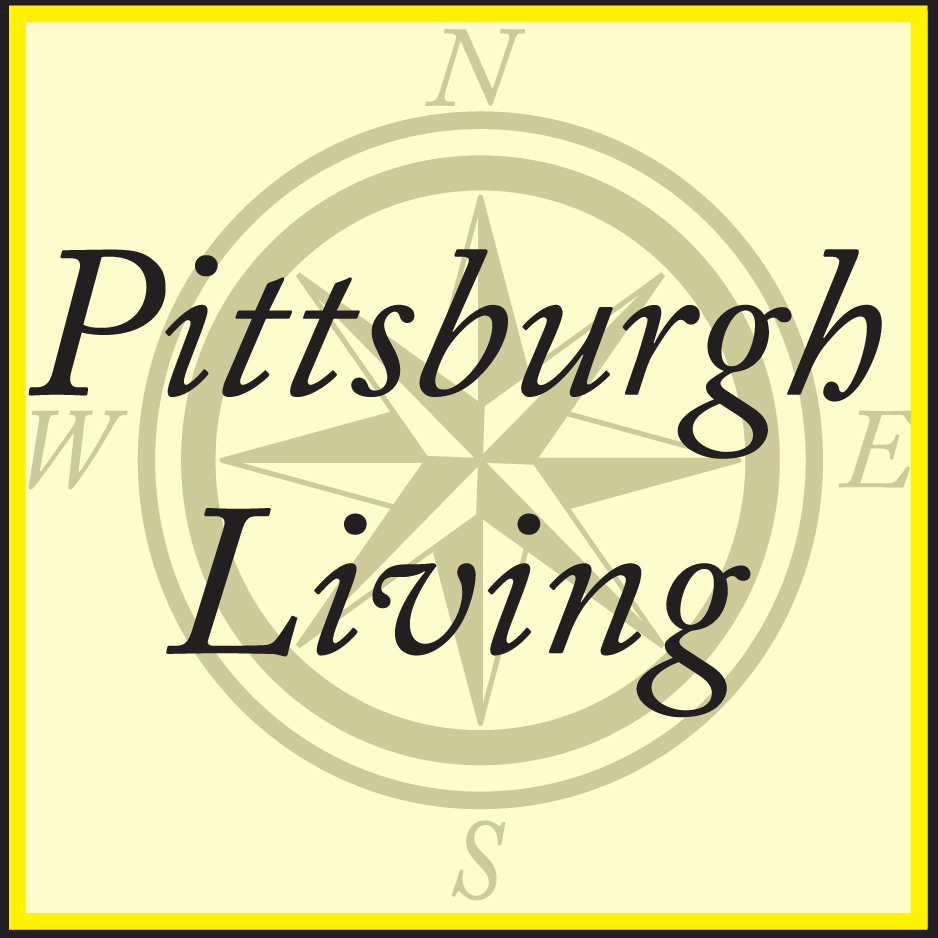
Neighborhoods for Buying a Home in Pittsburgh
November 30, 2015
Ethnic Holiday Traditions Pittsburgh-Style
December 7, 2015An examination of the long history of the Jewish people reveals immigration to many lands across the globe. Over the millennia, whether by force or by necessity, that Diaspora has left the world with communities of Jews scattered all over the world. Pittsburgh is no exception as Jewish people have lived here since the 1800’s.
The exact time when Jews began to come to Pittsburgh and settle is not known. The Great Fire in 1845 destroyed many of the records prior to that time. However, it is believed that the first Jewish immigrants arrived in Pittsburgh from Germany between 1838 and 1844. Records from 1847 show that the community of Jews living in the area formed a burial society they called the Bes Almon Society, and purchased property for a cemetery in the Troy Hill neighborhood of the city’s North Side. In 1848, this small Jewish community also rented a room on Penn Avenue and Sixth Street, calling this first community Shaare Shemayim (Gate of Heaven). The community split several times over the decades until 1865 when, after the Civil War, the city boasted two congregations: Rodef Shalom and Tree of Life.
Jewish Community of Pittsburgh
 In the late 1800’s, a wave of Jewish immigrants from Eastern Europe and Russia swelled the Jewish community in the area. According to records, there were 30 Jewish families living in the area in 1852. Six years later, that number had doubled. With the outbreak of the Civil War, Pittsburgh’s prominence grew, as did its population. By 1864, Pittsburgh’s Jewish population had grown to 750. Records from that time note that ten of the city’s Jewish men served in the Civil War, while a number of the Jewish women in the area served on the Sanitary Commission, the precursor to the Red Cross.
In the late 1800’s, a wave of Jewish immigrants from Eastern Europe and Russia swelled the Jewish community in the area. According to records, there were 30 Jewish families living in the area in 1852. Six years later, that number had doubled. With the outbreak of the Civil War, Pittsburgh’s prominence grew, as did its population. By 1864, Pittsburgh’s Jewish population had grown to 750. Records from that time note that ten of the city’s Jewish men served in the Civil War, while a number of the Jewish women in the area served on the Sanitary Commission, the precursor to the Red Cross.
After the war, the United Hebrew Relief Society aided veterans of that war and their families. As the city’s industrial base expanded, more immigrants were attracted to the city. By 1877, there were 2,000 Jews in Pittsburgh, many being natives of Lithuania. They clustered around the Point, but as their numbers increased, many moved their businesses to Fifth Avenue and built homes on “The Hill.” Some moved across the Allegheny River to Allegheny City.
Assassination of the Russian Czar
The assassination of the Russian Czar, and the resulting pogroms of 1881, sent Jews fleeing the Russian Empire to the safety of America. Thousands came to Pittsburgh. By 1905, there were 15,000 Jews living in the area. As was the experience of other groups who immigrated to the country, they found it difficult to adapt to their new home. The well-established Jews already living in the area generously came to their aid, helping them to find homes and jobs. The Council of Jewish Women helped the immigrants learn English and taught religion classes for the immigrant children. The J.M. Gusky Hebrew Home and Orphanage was established, as was The Hebrew Free Loan Association, which provided small loans to the immigrants to help them establish businesses.
As the Jewish population continued to increase, the number of synagogues increased as well. There were synagogues to serve the various ethnic groups that flocked to the area from Russia, Poland, and Hungary. Jewish institutions sprang up such as Montefiore Hospital and the Irene Kaufmann Settlement, a recreational center for immigrants. By 1912, there were more than 35,000 Jews living in Pittsburgh and, in that same year, the various Jewish social organizations united under the newly formed Federation of Jewish Philanthropies of Pittsburgh.
By 1925, there were 60,000 Jews living throughout the Pittsburgh area, mainly in the Hill District, Oakland, and Squirrel Hill. The Jewish population thrived and prospered during the early years of the last century, opening some of the area’s most beloved department stores such as Rosenbaums, Frank & Seder’s, and Kaufmann’s.
Hitler’s terror
As the Nazi regime rose to power, Pittsburgh received many Jews fleeing Hitler’s terror. It was during this time that a vast Jewish population consolidated in Squirrel Hill. By 1970, 45,000 Jews were living in Pittsburgh and making contributions to every aspect of life from academia to the arts, to medicine and public service.
Among all of the notable Jewish citizens who have helped to make Pittsburgh one of the nation’s leading cities, two names stand out. In 1947, Jonas Salk accepted an appointment to the University of Pittsburgh School of Medicine, undertaking a project for the National Foundation for Infantile Paralysis, to develop a vaccine for the dreaded polio disease. On April 12, 1955, the successful results of Salk and his team were announced. Salk became a national hero, but very humbly refused to seek any personal profit for the discovery that relieved the world of this horrible scourge. When replying to a reporter about the vaccine’s patent, Salk said, “There is no patent. Could you patent the sun?”
Notable Jewish Residents
 Another of Pittsburgh’s most notable Jewish residents is Sophie Masloff. She was born and raised in Pittsburgh. Sophie is the daughter of Romanian Jews. She became Pittsburgh’s 55th mayor when Mayor Richard Caliguiri died on May 6, 1988. When she took office she was 70 years old. Additionally, she was the city’s first female mayor and its first Jewish one. With a persona of everybody’s Bubbe (Yiddish for grandmother), Masloff endeared herself to the area’s residents. At the same time she achieved great strides for the city. Mayor Masloff privatized The Pittsburgh Zoo, the National Aviary, Phipps Conservatory, and the Schenley Park Golf Course. This turned out to be a drain on the city’s budget.
Another of Pittsburgh’s most notable Jewish residents is Sophie Masloff. She was born and raised in Pittsburgh. Sophie is the daughter of Romanian Jews. She became Pittsburgh’s 55th mayor when Mayor Richard Caliguiri died on May 6, 1988. When she took office she was 70 years old. Additionally, she was the city’s first female mayor and its first Jewish one. With a persona of everybody’s Bubbe (Yiddish for grandmother), Masloff endeared herself to the area’s residents. At the same time she achieved great strides for the city. Mayor Masloff privatized The Pittsburgh Zoo, the National Aviary, Phipps Conservatory, and the Schenley Park Golf Course. This turned out to be a drain on the city’s budget.
Today, there are more than 40,000 Jewish people living in the Pittsburgh area with many temples and synagogues, and social, recreational and educational institutions that afford the city’s Jewish residents the opportunity to honor their heritage and practice their faith, as well as to enjoy and contribute to life in Pittsburgh.




